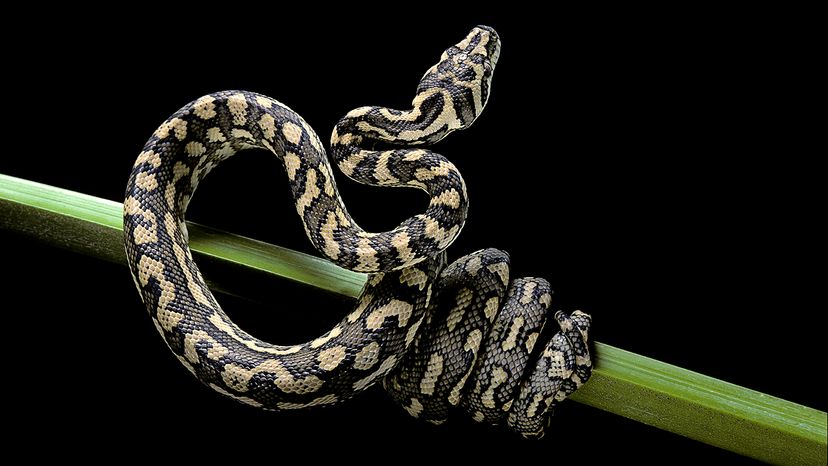
Carpet snakes, also known as carpet pythons, are some of the most adaptable and widespread pythons in Australia and parts of New Guinea. These nonvenomous snakes are known for their beautiful patterns and impressive size — reaching an average length of up to 13 feet (roughly 4 meters). The carpet snake is a common sight in various habitats.
Despite their intimidating appearance, carpet pythons are generally not aggressive toward humans, though they can deliver a painful bite if threatened.
Advertisement
Carpet pythons are crucial in controlling populations of small mammals, birds, and other prey species, making them important members of their ecosystems.